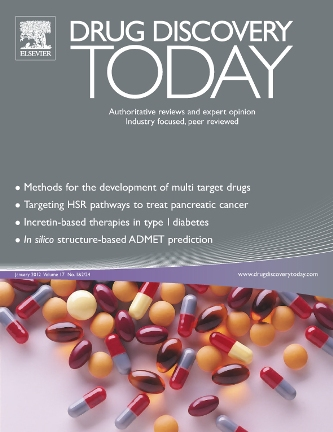Selective imaging probes for differential detection of pathological tau polymorphs in tauopathies
IF 6.5
2区 医学
Q1 PHARMACOLOGY & PHARMACY
引用次数: 0
Abstract
Tauopathies, including Alzheimer’s disease (AD), Pick’s disease (PiD), progressive supranuclear palsy (PSP) and corticobasal degeneration (CBD), are characterized by the misfolding and pathological aggregation of the tau protein, leading to neurodegeneration. Although the pathogenesis of these diseases is still a matter for debate, the formation of amyloid inclusions still represents the only histopathological hallmark available. Tau inclusions are not the same in terms of structure and morphology, and different tauopathies are characterized by different polymorphs. Remarkably, the selective detection of these polymorphs is crucial for differential diagnosis, disease monitoring and evaluation of the potential harmfulness of polymorphs, with a significant impact on drug discovery. This review discusses recent advances in the development of imaging probes designed for the selective detection of pathological tau forms associated with specific tauopathies. We explore the application of compounds that can target tau polymorphs characteristic of AD, PiD, PSP and CBD. In particular, we focus on discussing the probes’ selectivity and sensitivity in distinguishing between the different tauopathy-associated polymorphs in preclinical settings. The progress and the weaknesses in this field are discussed, to guide the researchers in identifying accurate and potent probes for the selective diagnosis of these different neurodegenerative diseases.
求助全文
约1分钟内获得全文
求助全文
来源期刊

Drug Discovery Today
医学-药学
CiteScore
14.80
自引率
2.70%
发文量
293
审稿时长
6 months
期刊介绍:
Drug Discovery Today delivers informed and highly current reviews for the discovery community. The magazine addresses not only the rapid scientific developments in drug discovery associated technologies but also the management, commercial and regulatory issues that increasingly play a part in how R&D is planned, structured and executed.
Features include comment by international experts, news and analysis of important developments, reviews of key scientific and strategic issues, overviews of recent progress in specific therapeutic areas and conference reports.
 求助内容:
求助内容: 应助结果提醒方式:
应助结果提醒方式:


